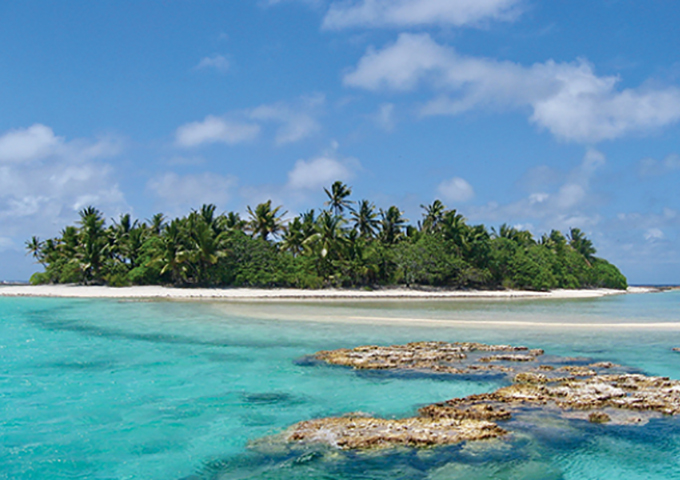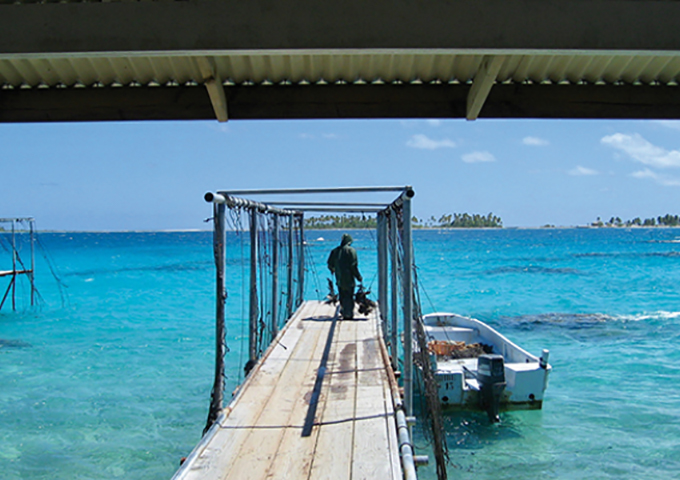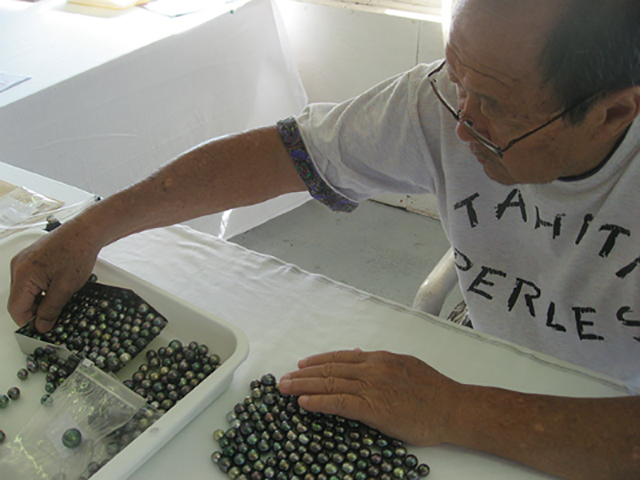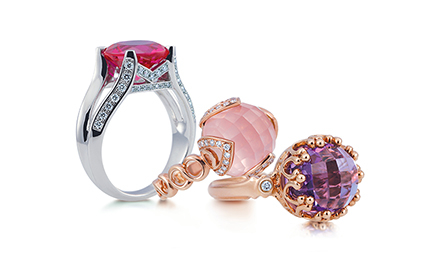Tucked in the endless vastness of the South Pacific, the atoll of South Marutea is a mythical place for pearl farming. Unique conditions make it the ultimate location to produce Tahitian pearls of outstanding lustre, size and colour. Legendary pearl producer Robert Wan, also known as the ‘Emperor of Pearls’, has owned the atoll since 1984.
Robert Wan’s decision to purchase the South Marutea atoll of the Tuamotu-Gambier archipelago in French Polynesia in the early 1980s was a turning point for the Tahitian pearl sector.
He had earlier invested in Mangareva in the Gambier Islands in 1974 before buying the atoll 10 years later from entrepreneur Jean-Claude Brouillet, one of the pioneers of Tahitian pearl farming.
“Marutea pearls are the most beautiful pearls in the world. The atoll and its environment are very unique,” shared Wan. “We are still doing scientific research and data sampling to fully understand what makes it different from others.”
Irregularly shaped, the South Marutea atoll is 20 kilometres long and eight kilometres wide. Its lagoon –about 40 metres to 60 metres deep – is rich in plankton, which plays a crucial role in marine ecosystems. Deep mineral concentration from the bottom is likewise present in the lagoon. As South Marutea does not have a wide opening to the ocean on the surface, it is a perfect place to cultivate pearls, said Wan.
Its pristine waters produce the largest and most radiant natural black pearls. Its lagoon is carpeted with large Pinctada margaritifera (variety Cumingii) or black-lipped pearl shells that appear superior from their counterparts in other areas of French Polynesia.
The bigger the shell, the bigger the nucleus that can be implanted, according to Wan.
“They grow differently from those in any other atoll in French Polynesia. South Marutea’s remoteness also means that the waters are pollution-free,” he continued.
Pearl destiny
Wan calls South Marutea his “lucky island.” The story of how the atoll became the gem of his pearl farming operations is one for the books.
In 1982 and 1983, French Polynesia experienced one of the most active and longest cyclone seasons on record. South Marutea was hit twice, destroying everything in the atoll, Wan recounted.
Brouillet had launched his company, Polynésie Perles, 10 years earlier with associate Jacques Branellec, who later founded Jewelmer in the Philippines, which today produces exceptional golden South Sea pearls. In 1975, they started cultivating pearls with the help of Japanese grafters in South Marutea.
Pearl dealer Salvador Assael introduced those pearls to the US, creating a modern market for black pearls. Among his buyers were major jewellery houses Tiffany & Co, Cartier and Harry Winston, according to Wan.
“At the time, I was busy negotiating in Japan with Mikimoto to open the Asian market. After the first cyclone hit in 1982, Brouillet rebuilt his installations in South Marutea but a second wave of cyclones in 1983 left him in despair,” revealed Wan. “He sold the island and quit the pearl business altogether. I bought South Marutea from him on a simple handshake. ”
Legendary Tahitian pearls
Wan invested heavily in the South Marutea atoll to restart production after the cyclones decimated all vital infrastructures. The storms however seemed to have had a positive impact, stimulating life inside the lagoon and resulting in outstanding harvests two years later.
This thriving ecosystem remains unchanged to this day, noted the pearl specialist.
Through research and innovative techniques, Wan’s company found a way to improve the quality of pearl harvests over the years in terms of lustre, colour, size, shape and surface.
At around 11.5mm, pearls from South Marutea are on average 1mm bigger than other Tahitian pearls, Wan noted. His facilities produce 80 per cent of nice-quality pearls above 12mm from French Polynesia. South Marutea atoll yields large quantities of pearls of 15mm and above annually, most of which are of AAA quality.
“The next step is to obtain a certificate of origin for my pearls. Our German distributor, Gellner, is launching the Marutea brand. Our pearls are the first in the world to be marketed as ‘private culture.’ Traceability of pearls from the farm to the consumer is the future of pearls, especially if they come from South Marutea,” noted Wan.















